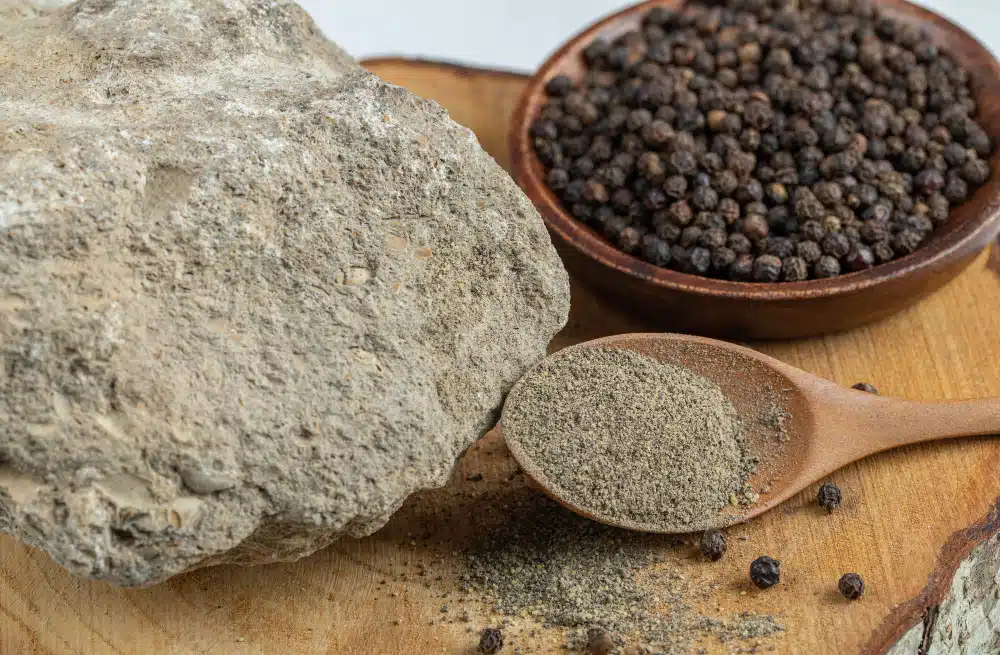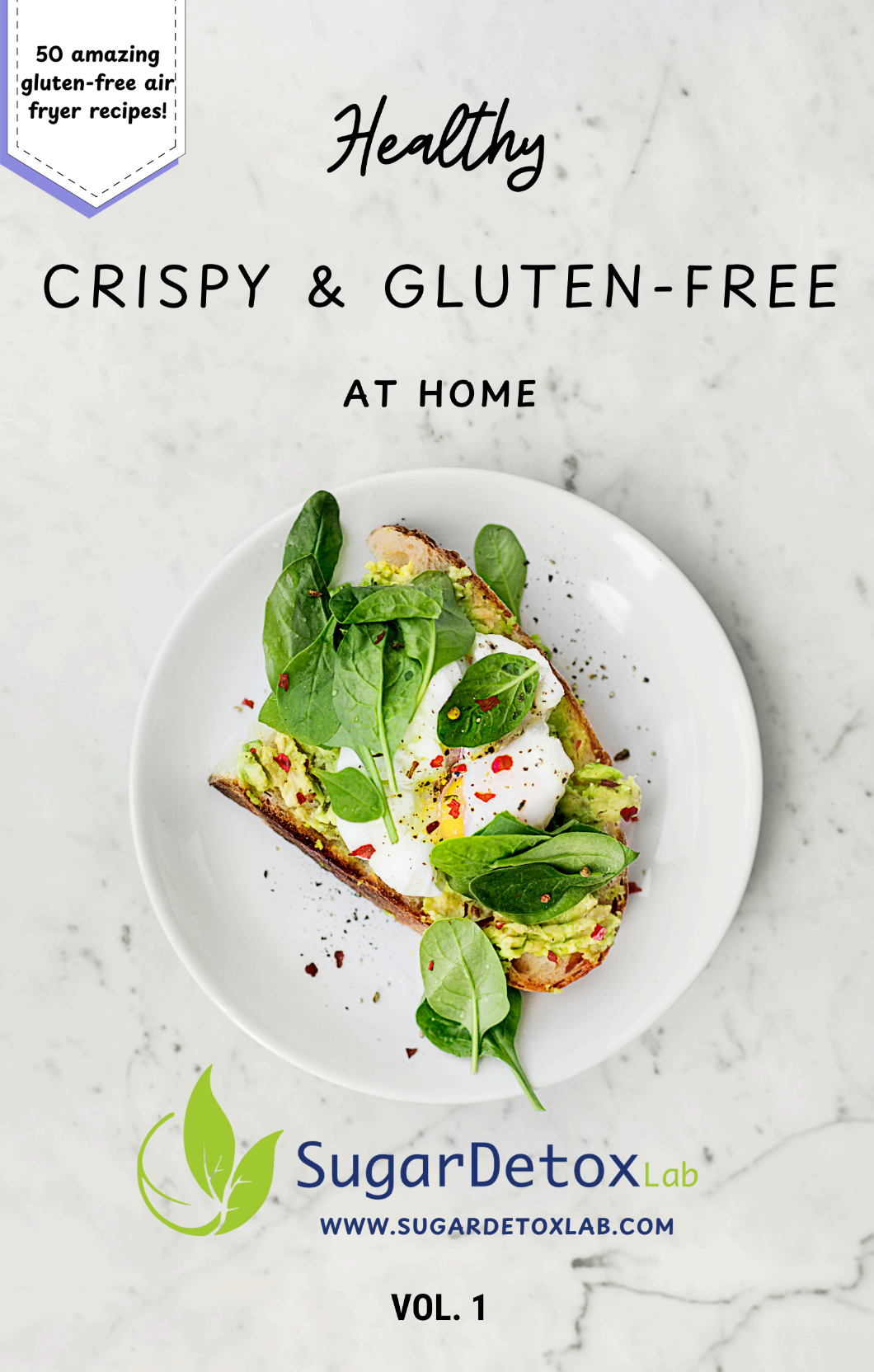Introduction
When it comes to seasoning, few spices are as universally used as pepper. Yet, not all pepper is created equal. Understanding white pepper vs black pepper can transform your cooking and help you choose the best spice for each dish. While both come from the same plant, Piper nigrum, they are processed differently, resulting in unique flavors, colors, and culinary uses. In this comprehensive guide, we’ll explore the differences, benefits, and practical tips to make the most of both types of pepper in your kitchen.
What Is Black Pepper?
How It’s Made
- Black pepper is made from unripe green peppercorns.
- The peppercorns are sun-dried, turning them black.
- The drying process intensifies the pungency and flavor.
Characteristics
- Color: Dark brown to black.
- Flavor: Pungent, slightly spicy, and aromatic.
- Texture: Coarse to fine depending on grinding.
- Best Use: Most versatile; ideal for steaks, soups, sauces, and marinades.
Nutritional Benefits of Black Pepper
- Contains piperine, a compound that boosts digestion and nutrient absorption.
- Rich in antioxidants that may reduce inflammation.
- May support metabolism and cognitive health.
What Is White Pepper?
How It’s Made
- White pepper comes from ripe pepper berries with the outer skin removed.
- The seeds are soaked in water and the husk is removed, leaving a pale seed.
- Drying the seed produces the familiar white peppercorn.
Characteristics
- Color: Off-white to light beige.
- Flavor: Milder, less pungent than black pepper, slightly earthy or fermented.
- Texture: Fine powder or whole seeds.
- Best Use: Light-colored dishes where black specks are visually undesirable, like cream sauces, mashed potatoes, and white soups.
Nutritional Benefits of White Pepper
- Contains piperine, though slightly less than black pepper.
- Supports digestion and has mild anti-inflammatory properties.
- Often easier on sensitive stomachs.
White Pepper vs Black Pepper: Key Differences
Feature
Black Pepper
White Pepper
Processing
Sun-dried unripe berries
Ripe seeds with husk removed
Flavor
Strong, pungent, aromatic
Milder, earthy, slightly fermented
Color
Dark brown to black
Off-white to light beige
Best Use
Most savory dishes, marinades, soups
Light sauces, creamy dishes, white soups
Piperine Content
Higher
Slightly lower
Visual Impact
Dark specks in food
Invisible in light-colored dishes

Health Benefits of White Pepper vs Black Pepper
Shared Benefits
- Digestive Aid: Stimulates production of digestive enzymes.
- Antioxidants: Helps neutralize free radicals in the body.
- Anti-Inflammatory: Piperine may reduce inflammation.
- Metabolism Support: Piperine can enhance fat metabolism.
Unique Benefits
- Black Pepper: Stronger antioxidant and anti-inflammatory properties; can enhance nutrient absorption of other foods.
- White Pepper: Gentler flavor and easier to tolerate for sensitive stomachs.
Step-by-Step Guide: How to Use White and Black Pepper
1. Identify the Dish Type
- Dark sauces, meats, and hearty soups → black pepper.
- Light sauces, mashed potatoes, or cream-based soups → white pepper.
2. Consider Visual Impact
- Black specks in delicate dishes may look unappetizing → choose white pepper.
3. Adjust Flavor Intensity
- Start with a smaller amount of white pepper; it’s subtler but can be more fermented in taste.
- Black pepper adds bold, sharp spice.
4. Use Freshly Ground Pepper
- Both types release more aroma and flavor when freshly ground.
- Pepper grinders allow for coarse or fine adjustment based on recipe.
5. Combine for Complex Flavor
- Some chefs mix white and black pepper to create layered flavor profiles.
- Use in stews, marinades, and salad dressings for depth.
Practical Tips
- Storage: Keep both peppers in airtight containers, away from sunlight, heat, and humidity.
- Grinding: Use a pepper mill for maximum aroma.
- Pairing: White pepper complements delicate herbs like parsley and chives; black pepper works well with garlic, onion, and chili.
- Quantity: Remember, white pepper tastes milder—adjust quantity to match the recipe.
FAQs About White Pepper vs Black Pepper
1. What is the difference between white pepper and black pepper in cooking?
White pepper is milder and best for light-colored dishes, while black pepper is stronger, aromatic, and versatile.
2. Can I substitute black pepper for white pepper in recipes?
Yes, but it may alter the visual appearance and slightly increase pungency.
3. Is white pepper healthier than black pepper?
Both have similar health benefits, but black pepper contains slightly more piperine and antioxidants.
4. Which pepper is better for digestion?
White pepper may be easier on sensitive stomachs, while black pepper is more stimulating.
5. How should I store white and black pepper?
Store in airtight containers in a cool, dark place to preserve aroma and flavor.
6. Are there other types of pepper to consider?
Yes, green pepper (unripe, fresh) and pink peppercorns (from Schinus molle) offer unique flavors for different culinary applications.
Conclusion
Both white pepper and black pepper have their place in the kitchen. Black pepper delivers bold flavor, aroma, and maximum health benefits, while white pepper offers a subtle, earthy taste ideal for light dishes. By understanding the differences and learning when to use each type, you can elevate your cooking, enhance flavors, and enjoy the nutritional benefits of this timeless spice.






